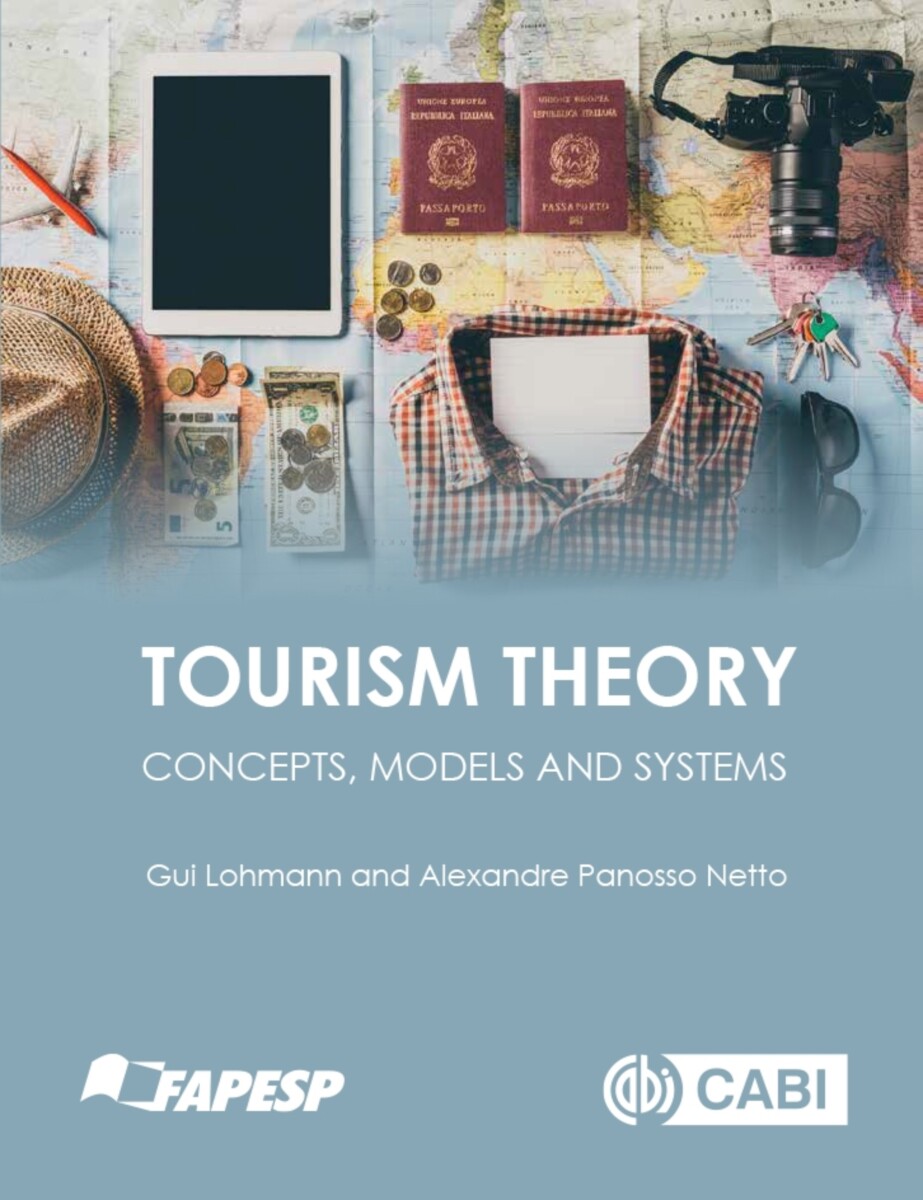Tourism Theory Edition 3
Concepts, Models and Systems
- Publisher
CABI - Published
20th January 2022 - ISBN 9781800621497
- Language English
- Pages 280 pp.
- Size 7.5" x 9.625"
- Images figures & graphs
- Request Exam Copy
- Publisher
CABI - Published
19th December 2016 - ISBN 9781780647159
- Language English
- Pages 280 pp.
- Size 7.5" x 9.625"
- Images figures & graphs
- Request Exam Copy
Theories within tourism can be difficult, even confusing, areas to understand. Developed from the successful Portuguese textbook "Teoria do Turismo", Tourism Theory provides clear and thorough coverage of all aspects of tourism theory for students and researchers of tourism.
Consisting of five sections and over 50 entries, this book includes nine of the most important models in tourism study. It begins by reviewing general concepts, disciplines, and topics, and then considers the tourist, including areas such as demand, experience, gaze, psychology and typologies. A fourth section covers intermediation, distribution and travel, reviewing aspects such as travel agencies, tourist flows and multi-destination travel patterns. The final section encapsulates the tourism destination itself, covering organizations, the destination image, supply, seasonality and more. Encyclopedic cross-referencing between entries makes navigation easy, while in-depth analysis, exercises and further reading suggestions for each of the selected areas provide the context and detail needed for understanding. Entries can be used individually as a reference, or as part of the whole for a complete introduction to tourism theory.
Introduction
Section 1: Concepts
1.1. General systems theory and tourism
1.2. Hospitality
1.3. Leisure
1.4. Entertainment
1.5. Recreation
1.6. Tourism and travel
1.7. Food and beverage
1.8. Events
1.9. Landscape
1.10. Authenticity in tourism
Section 2: Disciplines and Topics of Study
2.1. Jafari’s interdisciplinary model
2.2. Ethics in tourism
2.3. The anthropology of tourism
2.4. Culture and tourism
2.5. Postmodernity and tourism
2.6. Psychology and tourism
2.7. The sociology of tourism
2.8. Boullón’s theory of touristic space
2.9. Nodal functions
2.10. Tourism public policy
2.11. Tourism planning
2.12. Tourism balance of payments
2.13. Tourism satellite account
2.14. The tourism multiplier effect
2.15. Tourism administration
2.16. Tourism clusters
2.17. Tourism marketing
2.18. The economics of tourism companies
2.19. Sustainability in tourism
Section 3: The Tourist
3.1. Tourism demand
3.2. Tourist experience
3.3. Determinant and motivational factors
3.4. Crompton’s destination-choice model
3.5. Schmöll’s tourism consumer choice model
3.6. Urry’s theory of the ‘tourist gaze’
3.7. Plog’s psychographic model
3.8. Traveller typologies
3.9. Klenosky and Gitelson’s conceptual model on travel agent recommendation process
Section 4: Intermediation, Distribution and Travel
4.1. Tourism distribution channels
4.2. Travel agencies
4.3. Computer reservation system
4.4. Mariot’s model of tourist flows
4.5. Campbell’s model of recreational and vacational travel
4.6. Multi-destination travel pattern models
4.7. Defert’s tourist function index
4.8. Pearce and Elliott’s trip index
4.9. Transport and tourism mobility
Section 5: The Tourism Destination
5.1. Tourism destinations
5.2. Tourism organizations
5.3. Tourism destination image
5.4. Resorts
5.5. Butler’s model (tourism destination life cycle)
5.6. Prideaux’s resort-development spectrum
5.7. Tourism supply
5.8. Tourism services and facilities
5.9. Tourism infrastructure
5.10. Tourist attraction
5.11. Lodging establishments
5.12. Seasonality
Gui Lohmann
Gui Lohmann is at Griffith University, Australia.
Alexandre Panosso Netto
Alexandre Panosso Netto is Associate Professor at the University of São Paulo, Brazil.


